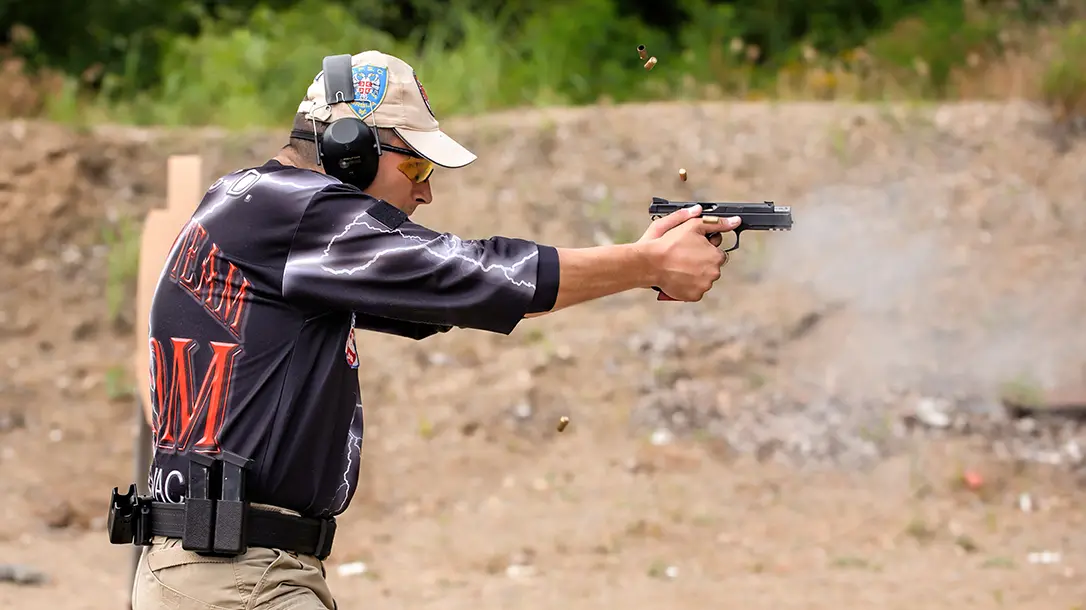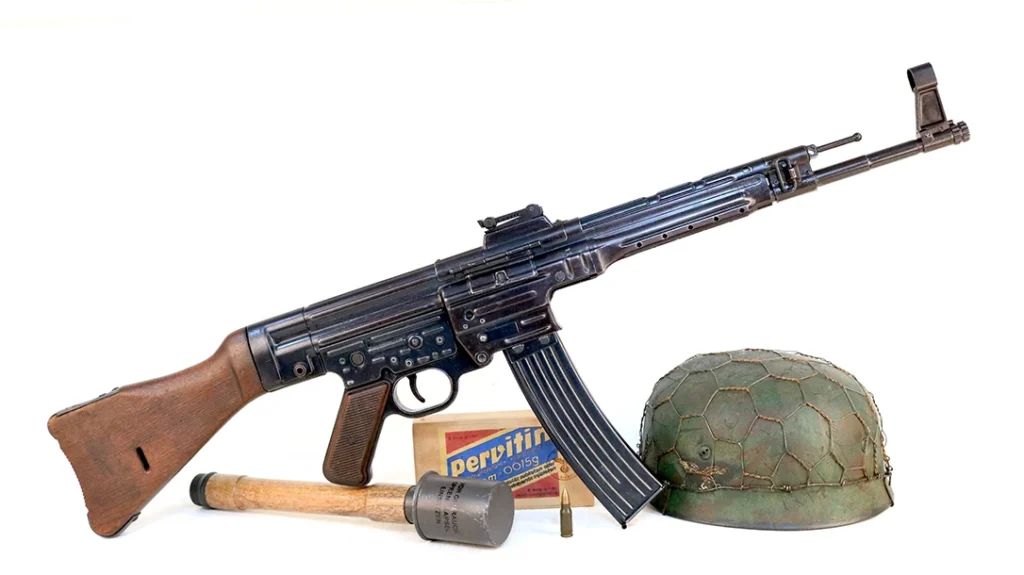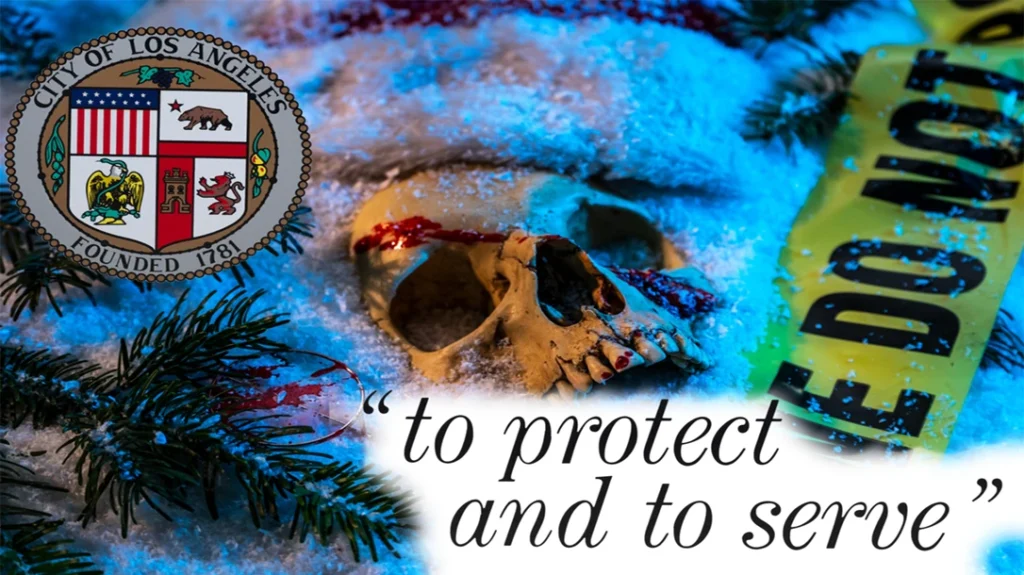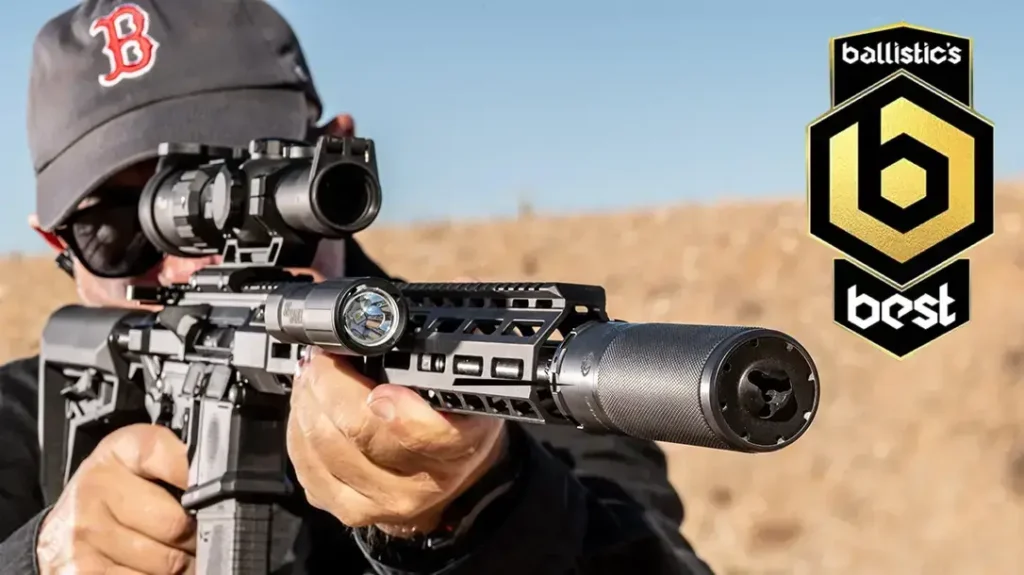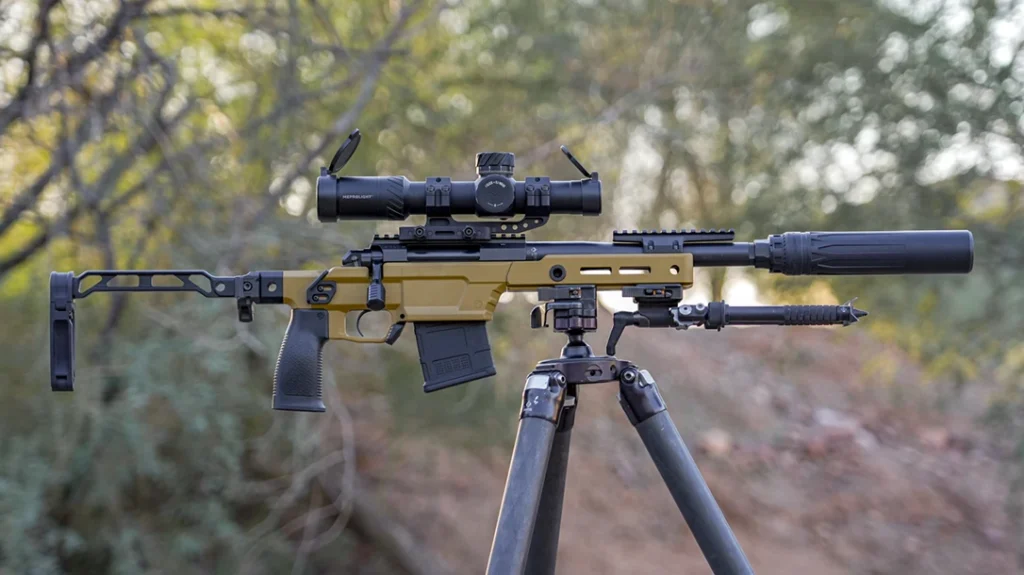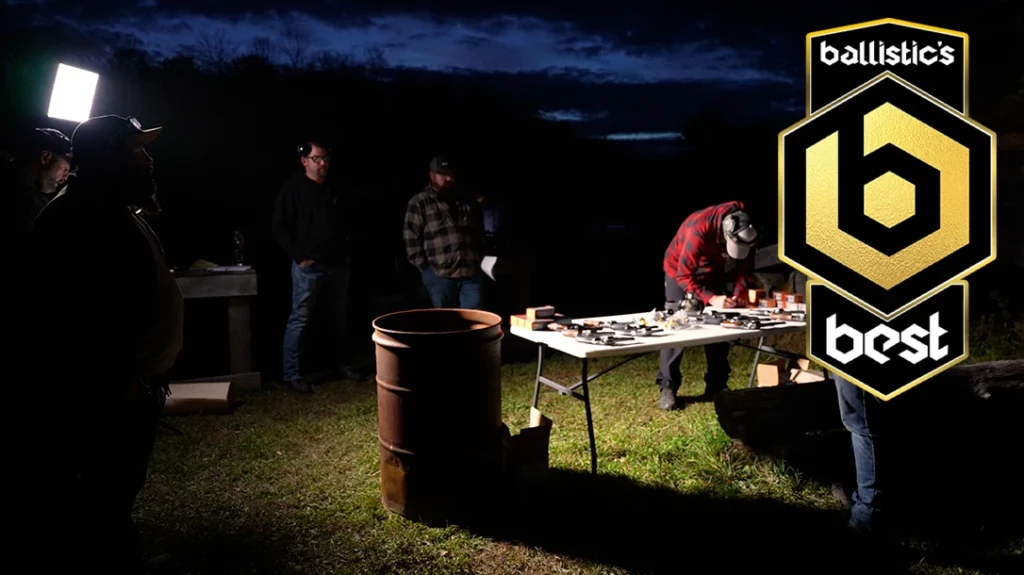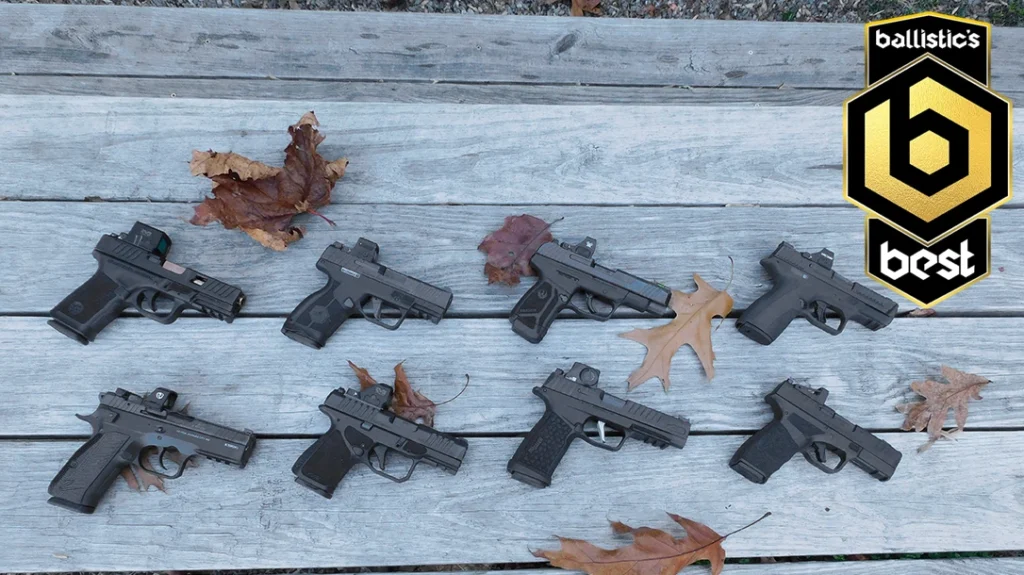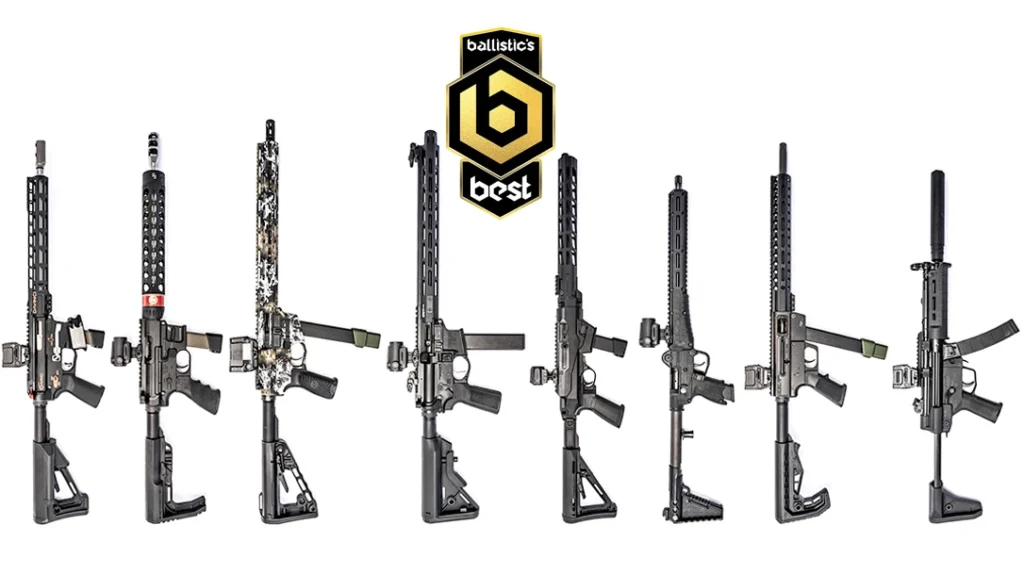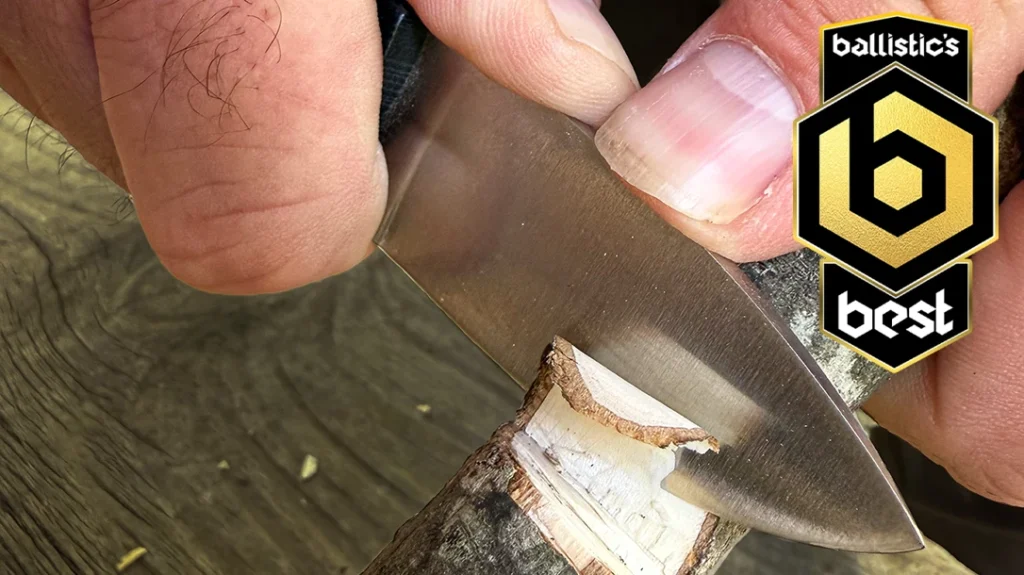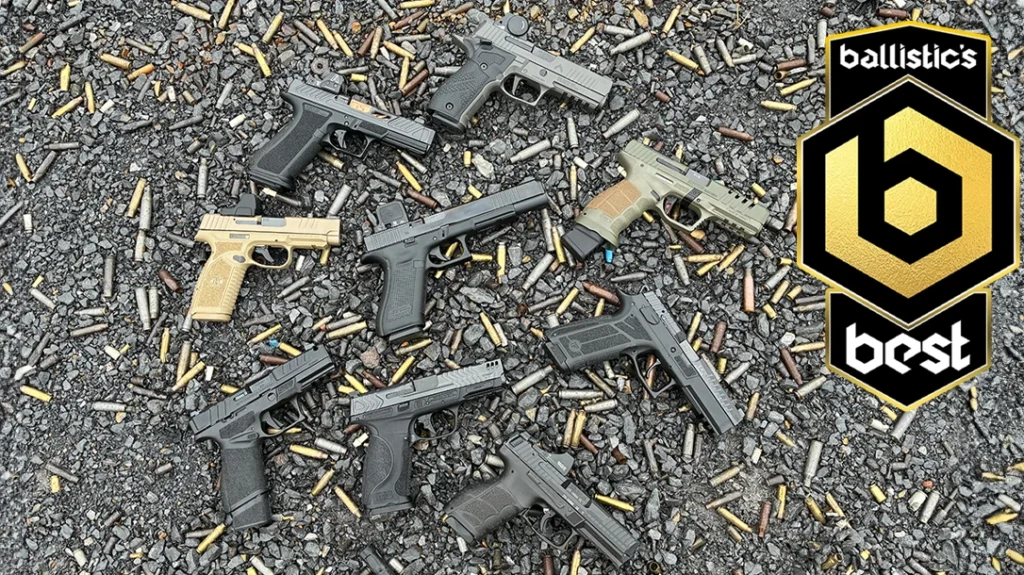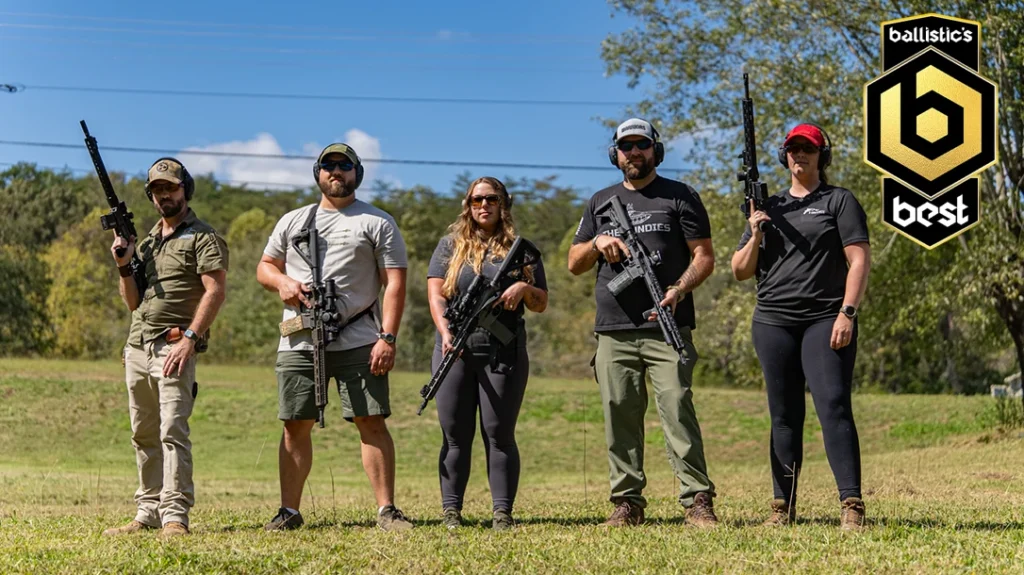We recently discussed how competitive shooting can enhance your shooting and gun-handling skills in significant ways—from becoming very familiar with your firearm to greatly improving your accuracy. If that message resonated, you might now be sorting through all the clutter to determine which of the competition shooting disciplines best aligns with your firearms, skills, and long-term shooting goals.
Understanding the Different Competition Shooting Disciplines
Certainly, there are many different types of competitive shooting, and researching them can take a considerable amount of focused time on search engines. Today, we aim to ease that learning curve and discuss some of the most popular types of shooting competitions you might want to consider.
Shotguns
Shotgun sports are a literal blast because of the challenge of shooting a moving clay target in mid-air. The three main types of shotgun competitions are trap, skeet and sporting clays.
Advertisement — Continue Reading Below
In trap shooting, targets are launched from a single “house” in front of the shooters’ positions. Shooters take aim from five stations located 16 yards behind the trap house. In singles, shooters aim at five targets from each station, completing a round with 25 targets. In doubles, the machine releases two clays simultaneously, resulting in a total of 10 targets per station. Another variation, handicap trap, is similar to singles, but shooters are positioned farther back from the trap house.
Skeet is a bit different and more fast-paced. Shooters move through eight shooting stations, with seven arranged in a half-moon between the two trap houses and one positioned directly between them. A round of skeet consists of 25 targets, 17 of which are shot as singles and eight as doubles. The first miss is immediately repeated and is referred to as an option. If no targets are missed during the round, the last target—25th overall—is shot at the final station, low house 8.
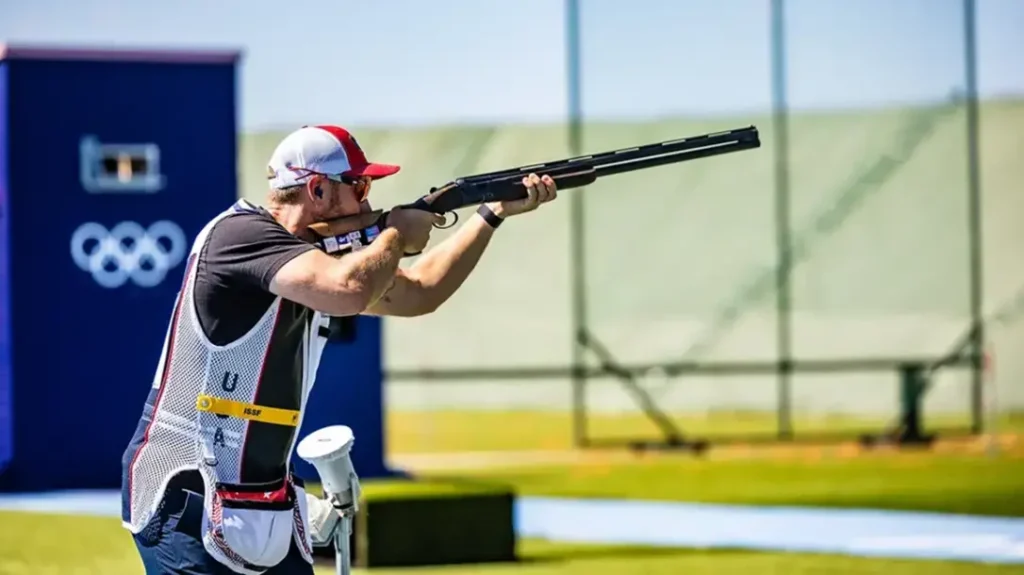
Advertisement — Continue Reading Below
Sporting Clays
Sporting clays, often called “golf with a shotgun,” brings a quite different shooting experience. Unlike skeet and trap shooting on a field with a single house for trap, two houses for skeet, sporting clays utilizes squads of two to six shooters. They walk a course presenting 10 to 15 shooting stations arranged around fields or natural land features. Although the standard clay target is similar to those used in skeet and trap, sporting clays also incorporates specialty targets to create the illusion of speed or distance, mimicking how game birds move. Targets present as singles or pairs throughout the course.
A variation of sporting clays, called 5-Stand, is also very exciting. It is shot much like sporting clays but competitors move through five shooting stations very close together. A number of trap machines throw several different types of targets, making it very challenging.
The National Skeet Shooting Association (NSSA) and the National Sporting Clays Association (NSCA), together known as NSSA-NSCA, are the official governing and sanctioning bodies for their sports in the U.S. and provide plenty of resources for learning more. For American trap, the governing body is the American Trapshooting Association.
Advertisement — Continue Reading Below
Handguns
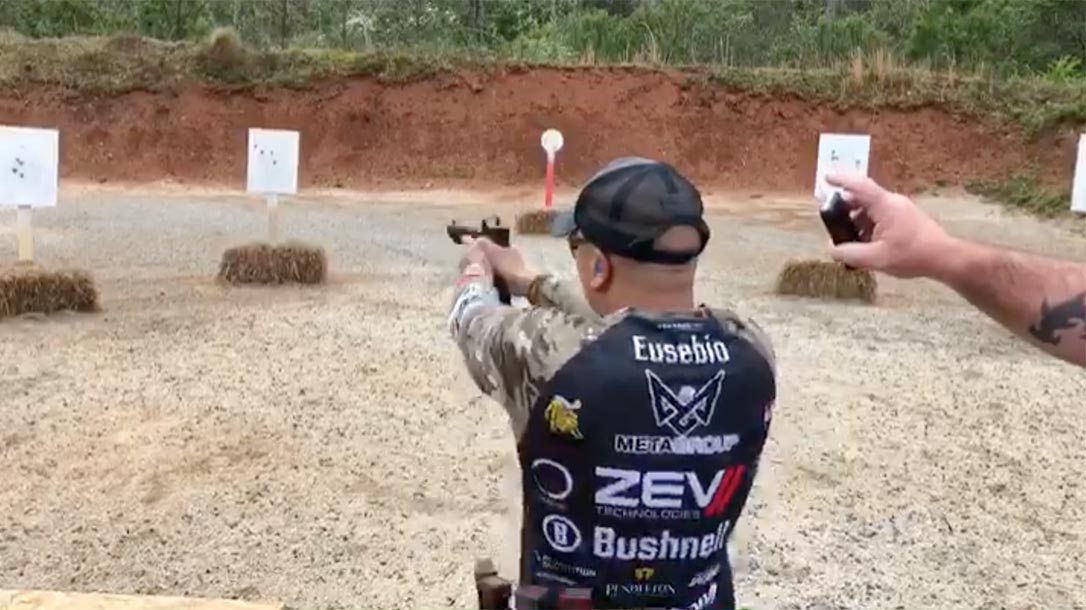
There are many variations of competition shooting for handgunners, and we’ll discuss some of the most prominent ones here, primarily action shooting.
Two of the primary action shooting governing bodies in the U.S. are the United States Practical Shooting Association (USPSA) and the International Defensive Pistol Association (IDPA). Although they differ somewhat, matches for these two “games” share many similarities. In both, participants engage in a series of stages, each set up differently with various targets and configurations. The objective is to complete the stages as quickly and accurately as possible. Speed is rewarded, while a slower pace is penalized. Similarly, accuracy is valued, and poor shots incur penalties. A common saying in both sports is, “You can’t miss fast enough to win.”
Advertisement — Continue Reading Below
Both sports involve moving while drawing, shooting and reloading on the clock. IDPA primarily uses cardboard targets and creates scenarios for their stages (like imagining you’re sitting in your living room when three attackers jump over your back fence, etc.), whereas USPSA is a faster-paced sport with a combination of steel and cardboard targets at various distances, often featuring more targets per stage than IDPA.
Steel Challenge is another enjoyable pistol sport and one that is very beginner-friendly. A speed-shooting competition, Steel Challenge presents shooting different arrays of steel targets, timed and staying in one spot. Each stage features five steel plate targets of various sizes set at different distances. Shooters must engage a designated “stop plate” with the last shot in the sequence on each stage. Like other pistol competitions, the game rewards both speed and accuracy; the fastest times win.
Rifles
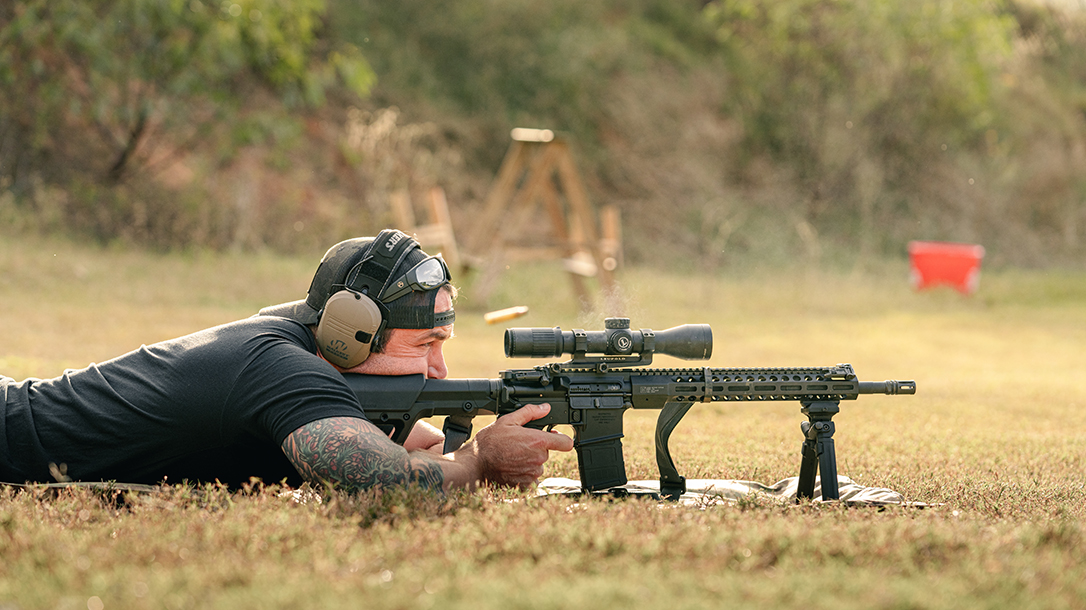
Advertisement — Continue Reading Below
There are fewer types of competitions for rifle shooters compared to handgunners. Most of these, such as those offered by the Precision Rifle Series, involve shooting at targets from very long distances, sometimes exceeding 1,000 yards. In these matches, shooters aim at steel targets from a variety of ranges and are rewarded for their accuracy.
The National Rifle League (NRL) also offers rifle competitions shot mostly at longer ranges. NRL22 focuses on .22 caliber rimfire rifles and air rifles, making it accessible and affordable. NRL Hunter matches combine elements of precision shooting with hunting scenarios. Competitors engage steel targets from natural field positions, simulating real-world hunting challenges.
The Steel Challenge, mentioned earlier, also provides opportunities for riflemen. It includes categories for both .22 rifles and pistol-caliber carbines (PCCs). Furthermore, the USPSA has divisions for competitors interested in competing with pistol-caliber carbines.
Advertisement — Continue Reading Below
Multi-Gun

Last but not least is my favorite: multi-gun competitions. I competed in 3-gun events for several years and became quite skilled at handling my rifles, pistols, and shotguns—achievements I never would have reached without giving it a try.
Some matches eliminate the shotgun, which is often regarded as the most challenging aspect of this game. These events are frequently referred to as 2-Gun competitions. Ironically, shotgun stages are my favorites, so I definitely prefer 3-Gun over 2-Gun.
Advertisement — Continue Reading Below
Wrapping It Up
I truly believe that if you try competitive shooting, you’ll be hooked for life. At the same time, you’ll improve your skills in both shooting and safely handling your firearms and meet some new friends and training partners.
To see any or all of these competition types in action, simply search for them on YouTube based on your interests.
